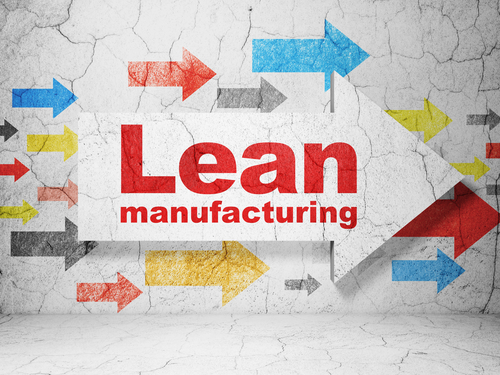The competitive landscape in business is becoming more difficult to navigate. For a long time, companies have depended on either Lean Manufacturing or Six Sigma to guide them in the face of challenges. They used these dueling methodologies to reduce costs, increase sales, reduce inventory, forecast demand, and to search for future market breakthroughs. A debate has been going on about which method produces better results for companies. They are both intended to eliminate waste and streamline business processes. They both have many raving fans who swear by the success they achieved when using them. They also have detractors who have tried them and found that the method was not for them. This article is a comparison of the strengths and weaknesses of Lean and Six Sigma so you can decide which is best for yourself.
Six Sigma

Six Sigma was developed by Motorola in the 1980s as a philosophy of process management. The goal was to eliminate waste and defects in their manufacturing process using statistical methods. Another way of looking at it is that Six Sigma is a set of tools that can help to improve the products and internal processes of a company. This set of tools can be used in Sales, Design, Marketing, Production, Service, and Administration. It has been tested and proven to be effective in a wide range of industries too. Proponents of Six Sigma say that when it is used properly it can deliver a myriad of benefits.
- It can reduce waste in the process chain.
- It can afford you a better understanding of customer requirements.
- It can cut costs in half by self-funding improvements.
- It delivers improved quality performance.
- It creates processes and products that are robust.
- It rapidly drives improvements with your internal resources.
- It responds to changing customer requirements with the help of critical process improvements.
Lean Manufacturing

This methodology began in Japan in the late 1980s and continued to develop philosophically through the 1990s. The company that had the greatest impact upon Lean Manufacturing was Toyota. This management philosophy has a focus on improving quality through the reduction of process wastes and improving process speed. There are many processes that consume excess time, money, and energy. They consume company resources without providing anything of value to the consumers. Lean emphasizes eliminating the corporate activities that increase cycle time or cost money. By getting rid of these activities, the company becomes more efficient and outcomes are more predictable. Proponents of the Lean approach say that it gives companies the resources it needs to thrive in the global market which continually demands lower prices, faster delivery, and higher quality from manufacturers. Lean manufacturing is notable for improving production in these ways:
- It reduces the waste chain dramatically.
- It reduces the requirements for floor space and inventory.
- It creates production systems that are more reliable.
- It aids in the development of material delivery systems that are appropriate.
- It increases flexibility through the development of improved layouts.
Six Sigma and Lean Manufacturing Compared
Lean Manufacturing and Six Sigma have a strong connection between them. They both have the same aim of making businesses operate more efficiently on the whole. They both strive to reduce waste and remove defects through focusing attention on a project-based approach. They take different approaches toward achieving these general goals. Six Sigma and Lean evaluate the root cause of waste in manufacturing processes differently. In the philosophy of Lean Manufacturing waste is a result of unnecessary steps in the process of production. There are steps that do not contribute value to the finished product presented to the consumer. In the philosophy of Six Sigma, waste is the result of variation within the manufacturing process.
When applying either Lean or Six Sigma to specific problems the difference can be illuminated. Both of these methods require extensive training before managers can apply them to business challenges, and training is said to be a core component of them. Lean places a stronger emphasis on training than Six Sigma does. Lean believes that it is important for the workforce to be cross-trained in the work process. When the workers of a company are cross-trained they become capable of rotating jobs which can reduce complacency and boredom.
Six Sigma and Lean differ in how they use measurement in regards to performance. Six Sigma focuses on measuring with respect to the problem being worked on. It then presents the results of those measurements within dashboards. Lean measures performance starting at the consumer interface. Managers trained in Lean must visit the area where customers do their purchasing to see how things are working on that end. It is a bottom-up approach to measuring.
Lean and Six Sigma are two very popular methodologies for improving processes efficiency in business. They have both been used successfully since the 1980s. Though they differ each has proponents who swear they work.